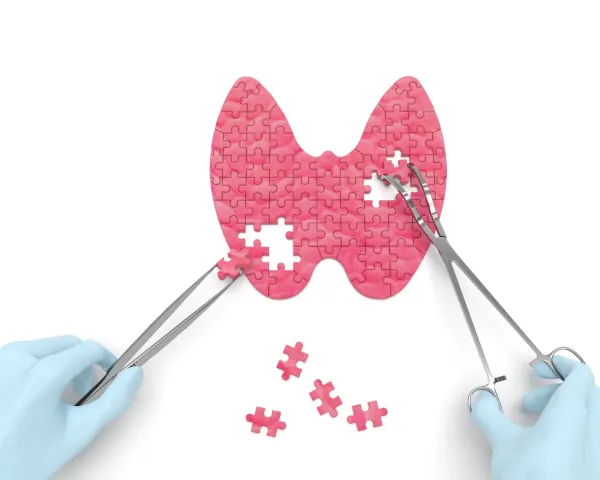Pathology/Lab Coding Alert
Solidify Your Hip Joint Code Choices
Question: The pathologist examined four bone fragments in a single container from the hip joint (femur and acetabulum) and diagnosed pathologic fracture. Should we bill this as a hip-joint specimen exam?
Ohio Subscriber
Answer: No, you should not bill the case as a joint resection (88305, Level IV--Surgical pathology, gross and microscopic examination,… joint, resection…). Instead, you should bill a single unit of 88307 (Level V--Surgical pathology, gross and microscopic examination, … bone fragment[s], pathologic fracture…).
The pathologist examined bone fragments, not the entire joint, which makes the joint resection code the wrong choice.
Even if the pathologist received a specimen removed for hip replacement surgery, you’d typically see the femoral head without the acetabulum, meaning that the joint resection code is generally inappropriate even for a hip resection. The other more appropriate codes in that case would be the one of the following:
- 88304 (Level III--Surgical pathology, gross and microscopic examination, … femoral head, other than fracture…)
- 88305 (Level IV--Surgical pathology, gross and microscopic examination, … femoral head, fracture…).
Avoid: But in your case, you shouldn’t even choose 88305 for the femoral head fracture. Your specimen is multiple bone fragments from both the femur and the acetabulum, not the femoral head.
Key: Because the pathologist diagnoses pathologic fracture, code 88307 is the best choice for the specimen you describe. And because the code definition states, “fragment(s)” and the pathologist receives the tissue as a single specimen in one container, you should bill just one unit of 88307.
Related Articles
Pathology/Lab Coding Alert
- CCI:
Avoid Pitfalls When Reporting Multiple Infectious Agent Antigens
Ensure compliance with policy manual update. When your lab bills codes from the range 87260-87899 [...] - ICD-10:
Stop Losing Lab Pay Based on Z-Code Myths
Show medical necessity with ‘screening,’ ‘status,’ and more. If you shun reporting ICD-10 “Z” codes [...] - Clip And Save:
Use Common Z Codes for Your Lab Reporting and Pay
Impact your diagnosis coding with Table 1 rundown. Hopefully the preceding article helped you learn [...] - You Be the Coder:
Solidify Your Hip Joint Code Choices
Question: The pathologist examined four bone fragments in a single container from the hip joint (femur [...] - Reader Question:
Zero in on Trigone of Bladder Codes
Question: Our pathologist examined a “trigone of bladder biopsy” with findings of “benign urothelial submucosa and [...] - Reader Question:
Finish Your PAMA Lab Reporting This Month
Question: We are an “applicable lab” for reporting lab test payment data to Medicare. What do [...] - Reader Question:
Distinguish Definitive, Presumptive Drug Tests
Question: Our lab received an order for a drug confirmation test for alcohol, salicylate and acetaminophen. [...]




